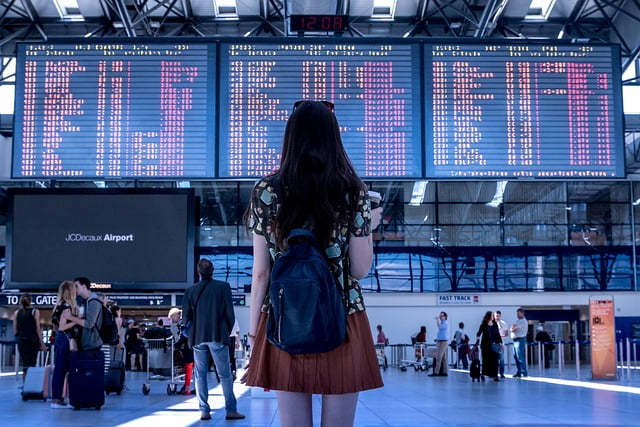Recently, I was working with a physical therapy client who was sharing her Thanksgiving travel plans with me—multiple rest stops and long hours in the car.
If you enjoy crowded airports and endless traffic, then this is almost your favorite time of year!
But, if you’re like most people, holiday travel isn’t exactly your idea of fun.
It seems like delays are inevitable. Remember the Southwest fiasco last year?
All that extra time sitting in the car or waiting at the airport can be uncomfortable. Your back stiffens up, your hips ache, and you start to feel tight all over. We hear about this a lot at our physical therapy clinics in McLean and Bethesda.
Holiday travel is already stressful, and discomfort is the last thing you need.
So, what can you do?
Move around! There’s no such thing as a perfect sitting posture—what’s important is to keep changing positions.
In our daily lives, we naturally shift from side to side as we stand and move. But this decreases when we’re sitting in a car, at the airport, or on a plane, causing discomfort in more sensitive areas of the body.
When sitting, try to locate your “sit bones”—the bones at the bottom of your pelvis that you sit on. Every 10-15 minutes, shift your weight from one “sit bone” to the other, and occasionally distribute your weight evenly for 5-10 minutes.
As a physical therapist, I often recommend alternating between having your legs straight and bent, and whenever possible, get up and take a walk. If you’re on a flight with me, you’ll see me stand up as soon as the seatbelt sign goes off!
If your neck, chest, or upper back starts to feel tight, remember the 20/20/20 rule!
Staring at your phone for too long can cause upper body discomfort.
The 20/20/20 rule, which comes from optometry, suggests that for every 20 minutes of focused activity, you should take a 20-second break and look at something 20 feet away.
This reduces strain on a single point and helps alleviate upper body tension.
These strategies should help reduce the tension that comes with holiday travel. However, they might not be enough if you have areas of your body that are recovering from an injury or are particularly sensitive.
Reach out to us to find the ultimate solution to your discomfort and start feeling your best this holiday season!
